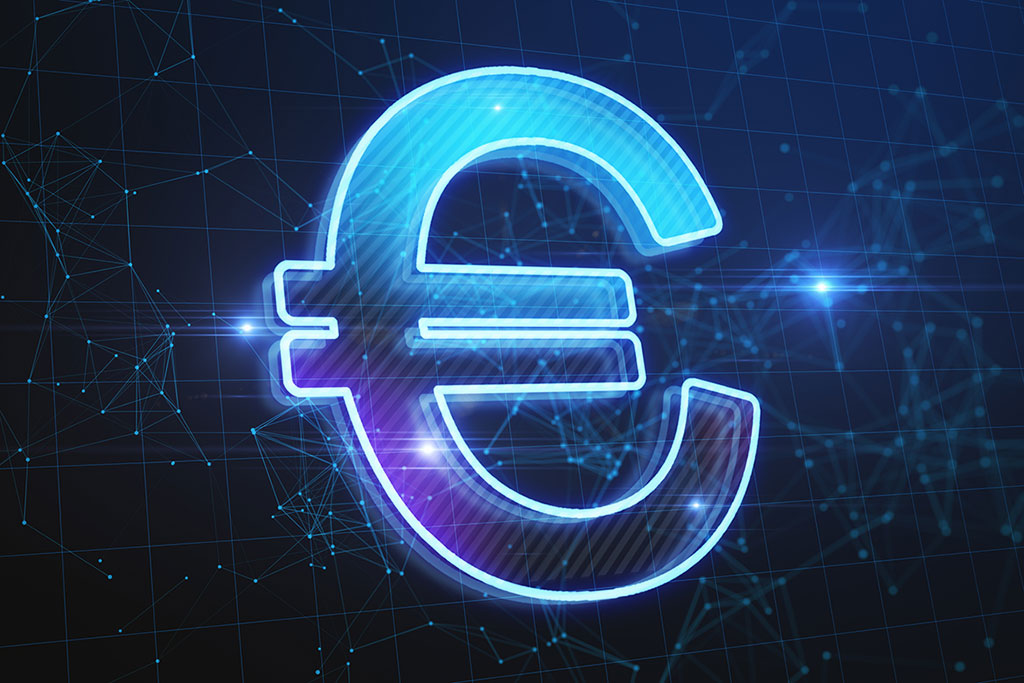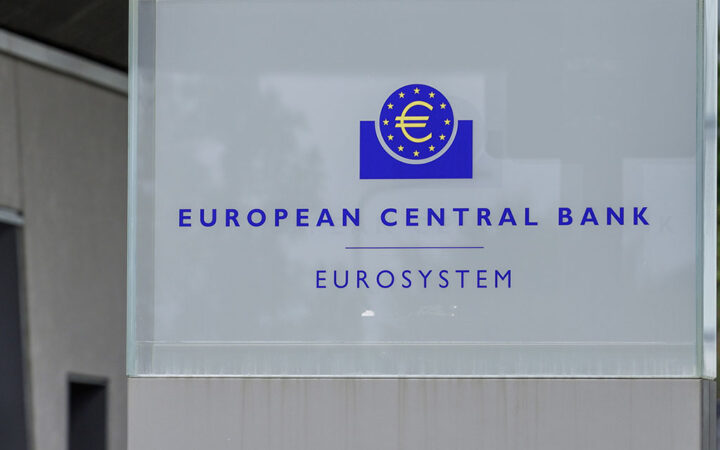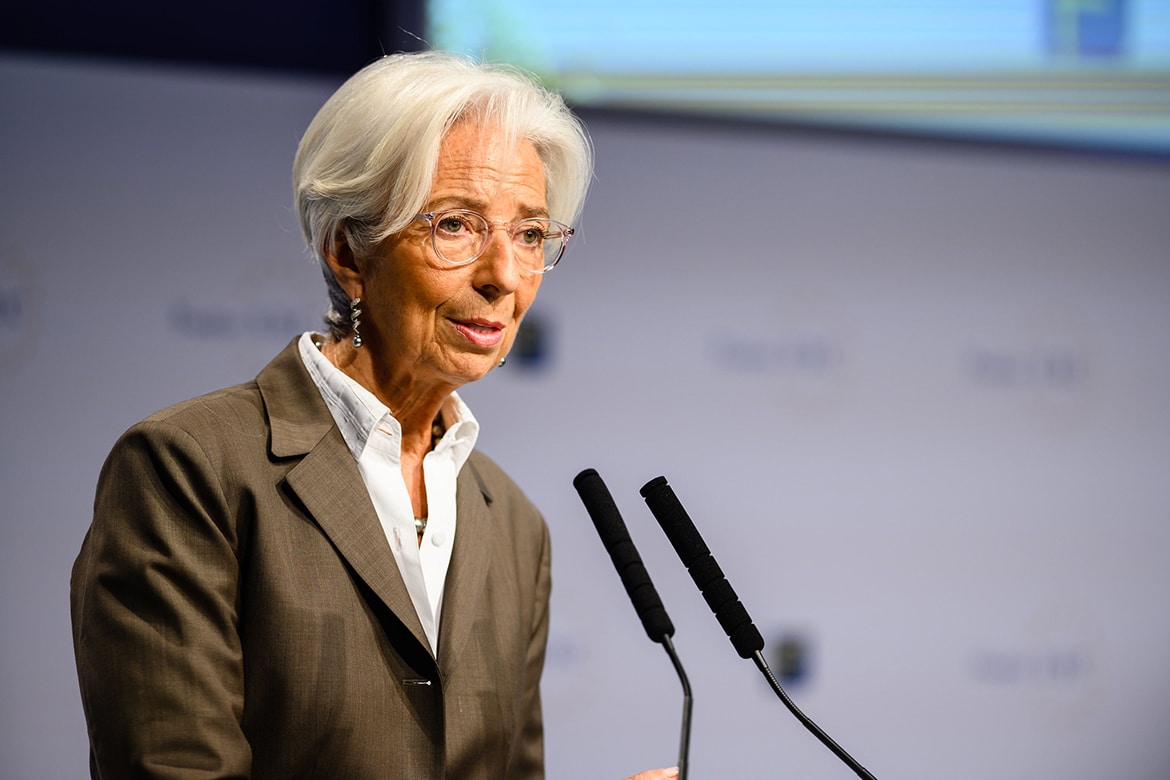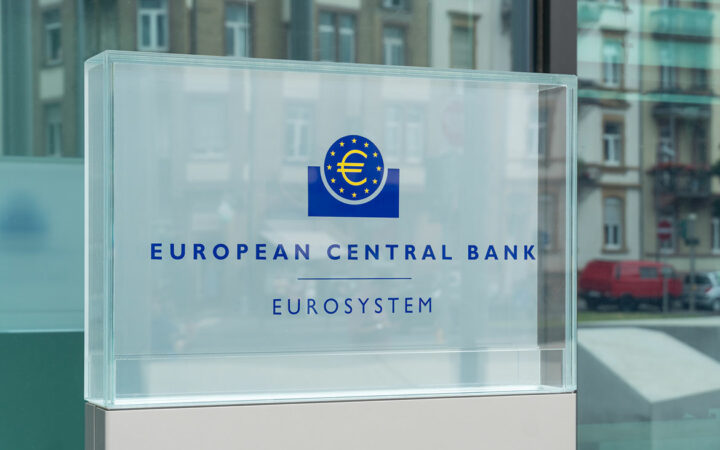
Darya is a crypto enthusiast who strongly believes in the future of blockchain. Being a hospitality professional, she is interested in finding the ways blockchain can change different industries and bring our life to a different level.
If successful, the project will further move to the next stage, closer to the issuance. The full rollout will be possible only after completing the European Union’s legislative process by the Governing Council.
 Edited by Julia Sakovich
Updated
3 mins read
Edited by Julia Sakovich
Updated
3 mins read

The Governing Council of the European Central Bank (ECB) is moving to the next phase of the digital euro project – the preparation phase. For the next two years starting from November 1, the guideline on the use of the digital euro rulebook will be established, and providers in charge of the platform and infrastructure will be chosen. The preparation phase will also include testing and experimentation to develop a digital euro that will meet both the Eurosystem’s requirements and user needs in terms of user experience, privacy, financial inclusion and environmental footprint.
Our Governing Council has decided to move to the next phase of the digital euro project.
In November 2023 we will start laying the foundation for the possible issuance of a digital euro. A decision on issuing a digital euro will come at a later stage.https://t.co/xuKklame0U pic.twitter.com/Nn0Z8RggVn
— European Central Bank (@ecb) October 18, 2023
If successful, the project will further move to the next stage, closer to the issuance. The full rollout will be possible only after completing the European Union’s legislative process by the Governing Council.
ECB President Christine Lagarde commented:
“We need to prepare our currency for the future. We envisage a digital euro as a digital form of cash that can be used for all digital payments, free of charge, and that meets the highest privacy standards. It would coexist alongside physical cash, which will always be available, leaving no one behind.”
The ECB has highlighted that when it comes to central bank digital currency (CBDC) development, the priority in the digital euro development is data protection. The goal is to achieve a ‘cash-like level of privacy for offline payments’.
Fabio Panetta, ECB Executive Board member and Chair of the High-Level Task Force on a digital euro, stated:
“As people increasingly choose to pay digitally, we should be ready to issue a digital euro alongside cash. A digital euro would increase the efficiency of European payments and contribute to Europe’s strategic autonomy.”
The digital euro will not compete with the existing fiat currency, the ECB envisages it as a complement to traditional fiat money rather than a replacement.
As the ECB has explained, digital euro services will be available via the payment service provider’s proprietary app and online interface, or via a digital euro app provided by the Eurosystem. Those without access to a bank account or digital devices will also be able to use digital euro as a means of payment, for example by using a card provided by a public body such as a post office. There will also be an option of converting digital euro into cash or vice versa at cash machines.
A total of 130 countries are exploring central bank digital currencies. As for the EU, the ECB has been giving mixed signals about the future of a digital euro since last year. The agency conducted its digital euro prototyping exercise between July 2022 and February 2023. On June 28, 2023, the European Commission published a legislative proposal to implement a legal framework for the digital euro – the Digital Euro package. The framework proposed policies for the digital euro that allow the ECB to maintain a balance in the financial systems with tools like holding limits.
The project is expected to be finalized by 2027, with the full implementation of the CBDC.
Disclaimer: Coinspeaker is committed to providing unbiased and transparent reporting. This article aims to deliver accurate and timely information but should not be taken as financial or investment advice. Since market conditions can change rapidly, we encourage you to verify information on your own and consult with a professional before making any decisions based on this content.

Darya is a crypto enthusiast who strongly believes in the future of blockchain. Being a hospitality professional, she is interested in finding the ways blockchain can change different industries and bring our life to a different level.





